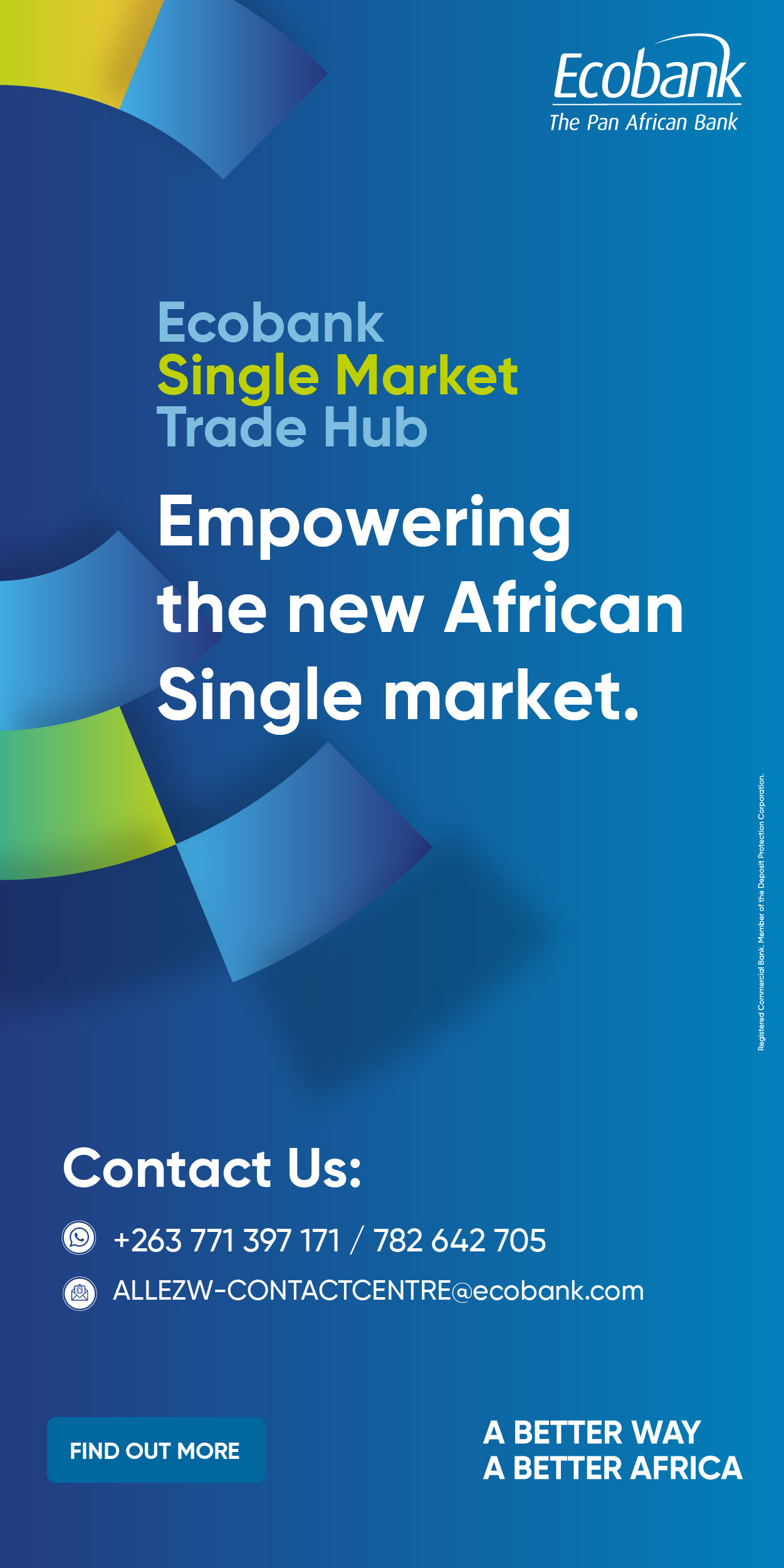- Zimbabwe achieved a record electricity generation output of 1,619 MW, reflecting significant improvements
- The surge in production was primarily driven by enhanced performance at the Hwange with more projects online
- ZESA's ambitious pipeline includes initiatives aimed at eliminating load shedding by 2025 and achieving universal electrification by 2030
Harare- Zimbabwe has achieved a historic milestone in its energy sector, recording its highest electricity generation output to date at 1,619 MW, according to the latest data from the Zimbabwe Power Company (ZPC) on May 23, 2025.
This surge, up from 1,300 MW the previous day and an average of 1,200 MW during the week, reflects significant strides in addressing chronic power shortages.
The increase was primarily driven by enhanced output at the Hwange Thermal Power Station, which ramped up to 1,176 MW from an average of 900 MW, propelled by the successful reconnection of Units 1, 2, and 3, contributing 212 MW and scaling to 260 MW, alongside Unit 4’s return after passing pressure and safety tests.
Repairs on Unit 6 are progressing, with an expected return by May 27, 2025, following disruptions from acidic water damage on May 4.
Despite this progress, Zimbabwe continues to grapple with blackouts due to peak demand rising to 2,200 MW in 2025, up from 2,000 MW in 2024, creating a persistent 600 MW deficit.
The Zimbabwe Electricity Supply Authority (ZESA) is addressing this through an ambitious pipeline of projects, including upgrades at Hwange, partnerships with Independent Power Producers (IPPs), and policies mandating heavy industries to develop their own power supply by 2026.
The Hwange Thermal Power Station, Zimbabwe’s largest coal-fired facility, anchors the country’s energy strategy with a total installed capacity of 1,520 MW across eight units. Units 1–4, each with a 120 MW capacity, were commissioned between 1983 and 1986 as part of Stage 1, while Units 5 and 6, each at 220 MW, came online in 1986–1987 under Stage 2. Units 7 and 8, each contributing 300 MW, were added in 2023 through a $1.5 billion expansion led by China’s Sinohydro, boosting capacity from 920 MW to 1,520 MW.
The recent output surge to 1,176 MW at Hwange reflects successful refurbishments of older units, particularly Units 1–3 and 4, which had been hampered by decades of wear, inadequate maintenance, and coal supply issues.
The 2019–2022 refurbishment program, supported by India’s Exim Bank, upgraded boilers, turbines, and control systems, extending the operational life of Units 1–6 by 15–20 years and restoring Units 5 and 6 to near-full capacity, adding approximately 400 MW when optimized.
Units 7 and 8, equipped with supercritical boilers, offer higher efficiency and lower emissions, significantly reducing Zimbabwe’s reliance on power imports from South Africa and Mozambique.
ZESA’s project pipeline for 2024–2026 is a cornerstone of its strategy to eliminate load shedding by 2025 and achieve universal electrification by 2030, as articulated by ZESA Executive Chairman Dr. Sydney Gata.
In 2024, ZESA advanced several high-impact projects, including the Zhong Jin Heli project in Hwange, launched in November 2024 and expected to deliver 300 MW by end of 2025.
The Titan Project, a 720 MW coal-fired plant in Hwange, broke ground in December 2024 and is slated for completion by December 2025, with an initial 100 MW online by then.
Additionally, a 100 MW coalfield project in Beitbridge and the 200 MW Jinan solar project in Gweru, both initiated in 2024, are set to come online by December 2025.
These projects, part of a broader portfolio of 18 initiatives totaling nearly 4,000 MW, aim to create a power surplus, enabling Zimbabwe to end imports by 2026 and become a net exporter by 2028.
Other notable projects include the 100 MW Afrochine solar plant in Selous, started in 2024, and floating solar initiatives at Kariba Dam, which aim to diversify the energy mix with renewable sources.
Looking to 2025 and 2026, ZESA’s pipeline includes projects awaiting groundbreaking or approval, such as the 1,020 MW Jindal Hwange Repowering Project and a 450 MW portfolio pending Zimbabwe Investment Development Agency and Cabinet approval.
The Batoka Gorge Hydro Electric Project, though promising, faces risks related to investment, currency, and hydrological constraints, necessitating special legislative support to attract funding.
Additionally, the $48.1 million Deka pipeline project, backed by Zim-India cooperation and the Indian Exim Bank, is set to enhance Hwange’s output by 600 MW, further strengthening its role as Zimbabwe’s energy hub.
ZESA’s strategy also emphasises off-grid solutions, with plans to roll out solar home systems for 1.7 million households and microgrids for 9,700 schools and 1,400 hospitals by 2030.
These initiatives align with the National Renewable Energy Policy (2019) and aim to address the 600 MW deficit while catering to rising demand from heavy industries, particularly mining, which accounts for over 80% of new demand.
Despite these ambitious plans, ZESA faces significant hurdles that could undermine its timeline. ZESA’s reported insolvency in 2024 and failure to pay regional suppliers, leading to a $100 million debt, further complicate import strategies.
The economic impact of Zimbabwe’s power crisis is profound, with shortages costing 6.1% of GDP annually, including 2.3% from generation inefficiencies and 3.8% from unreliable energy.
The mining sector, accounting for over 80% of new demand, faces 20% of its costs from electricity, pushing some firms toward closure. ZESA’s strategy to encourage miners to invest in their own power supply by 2026, coupled with IPPs, aims to alleviate this pressure.
However, the slow pace of past expansions, 600 MW over 15 years pre-2000s and 300 MW from 2013–2017, reflects the challenge of meeting ambitious targets. The Batoka Gorge and Devil’s Gorge hydro projects, projected for post-2030 completion, highlight long-term potential but offer no immediate relief.
To succeed, ZESA must enhance transparency, secure funding, and streamline coal supply chains while fostering IPPs to diversify the energy mix.
Equity Axis News





